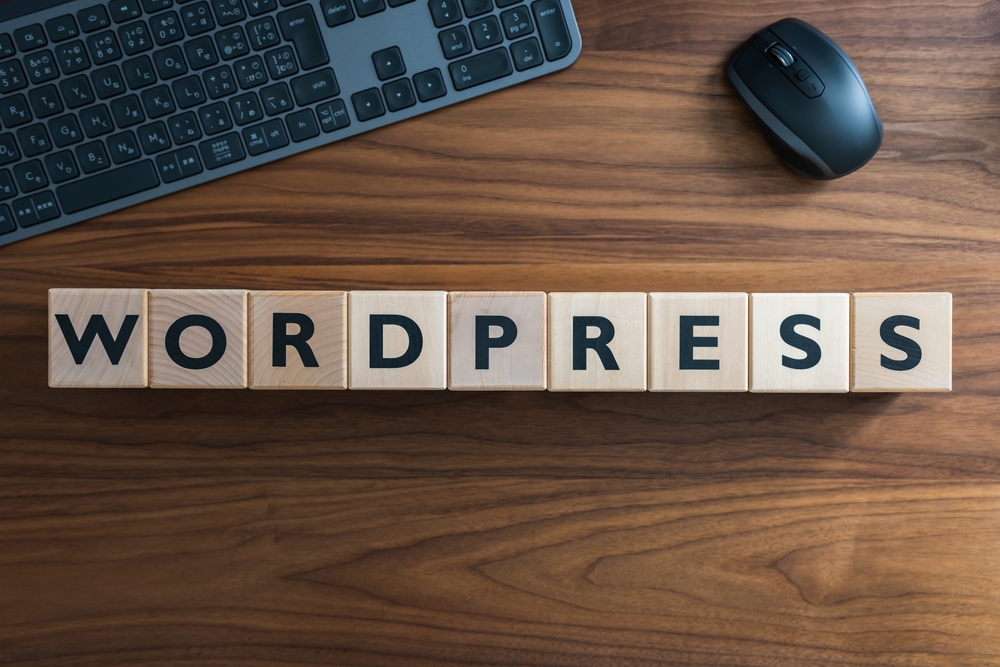
Introduction
WordPress has emerged as one of the most popular content management systems (CMS) in the world. Its ease of use and robust functionality make it a top choice for website customization and maintenance. Whether you're a beginner or an experienced user, this article will provide expert tips to help you enhance and maintain your WordPress (the blogging platform) website effectively.
1. Choose the Right Theme
A well-designed theme is essential for an impressive website. When selecting a theme, consider the purpose of your website, target audience, and desired features. WordPress offers a vast library of free and premium themes catering to various industries and niches. Ensure that the theme is regularly updated by the developer to ensure compatibility and security.
2. Customize your Theme
While themes provide a solid foundation, customization is key to making your website unique. WordPress offers powerful tools to modify your chosen theme. Utilize the WordPress (WP) Customizer to adjust fonts, colors, and layout options. Consider experimenting with different plugins to add functionality, such as a contact form or a slider.
3. Optimize for Speed and Performance
Website loading speed is crucial for user experience and search engine rankings. Slow websites can lead to higher bounce rates and decreased traffic. Optimize your WordPress (or WP) website by:
- Compressing images: Use plugins like Smush or EWWW Image Optimizer to reduce file sizes without sacrificing quality.
- Enable caching: Install a caching plugin like WP Rocket or W3 Total Cache to store static versions of your web pages, resulting in faster loading times.
- Minify CSS and JavaScript: Plugins such as Autoptimize can automatically minify and combine CSS and JavaScript files to reduce page load size.
4. Ensure Mobile Responsiveness
Mobile internet usage is on the rise, making it crucial for your website to be mobile-friendly. WordPress (the platform for bloggers) themes are often designed to be responsive, but it's still essential to test your website's performance on different devices and screen sizes. Use tools like Google's Mobile-Friendly Test to ensure optimal mobile usability.
5. Regularly Update WordPress Core, Themes, and Plugins
Outdated versions of WordPress, themes, and plugins can introduce security vulnerabilities and compatibility issues. Regularly update your WordPress core, themes, and plugins to ensure your site's security and functionality. WordPress offers an easy one-click update process from the dashboard, so make it a habit to check for updates frequently.
6. Secure Your Website
WordPress is a prime target for hackers due to its popularity. Protect your website from potential threats with these security measures:
- Use strong passwords: Avoid common or easy-to-guess passwords. Use a mix of uppercase and lowercase letters, numbers, and symbols for optimal security.
- Limit login attempts: Install a plugin like Limit Login Attempts to prevent brute-force attacks by limiting the number of login attempts from a single IP address.
- Install a security plugin: Plugins like Sucuri or Wordfence offer comprehensive security features such as malware scanning, firewall protection, and blocking suspicious IP addresses.
7. Regular Backups
No matter how secure your website is, unforeseen circumstances can still occur. Regular backups are crucial to ensure you can restore your website in case of data loss or security breaches. Use plugins like UpdraftPlus or BackupBuddy to schedule automatic backups to a remote location, such as cloud storage or an external server.
Frequently Asked Questions
Q1. How can I find the right WordPress theme for my website?A1. Consider your website's purpose, target audience, and desired functionality. Browse the extensive WordPress theme library and read user reviews. Look for themes that are regularly updated and provide good support from the developer.
Q2. Do I need to know coding to customize my WordPress website?
A2. No coding is necessary to customize your website using WordPress. The platform offers user-friendly tools like the WordPress Customizer for modifying theme elements. However, basic knowledge of CSS can be helpful for advanced customizations.
Q3. Should I update my WordPress website immediately when new versions are released?
A3. It is generally recommended to update your WordPress website promptly when updates are available. New versions often include bug fixes, performance improvements, and security patches. However, it is wise to backup your website before performing updates to avoid potential conflicts.
Q4. Can I change my WordPress theme without losing my content?
A4. Yes, changing your WordPress theme will not delete your website's content. However, it might affect the appearance and functionality of your site. Review your content after switching themes to ensure proper display and make any necessary adjustments.
Q5. What should I do if my WordPress website gets hacked?
A5. If your website has been compromised, act quickly to minimize damage. Restore your site from a recent backup, update all themes and plugins, change all passwords, scan for malware using security plugins, and tighten your website's security measures.
Conclusion
Mastering WordPress requires continuous learning and implementation of best practices. By following these expert tips, you can successfully customize and maintain your website, ensuring its optimal performance, security, and functionality. Stay updated with the latest WordPress trends and continue exploring the vast array of plugins and themes to enhance your web presence.
Other useful resources
- https://en.wikipedia.org/wiki/Blog
- https://en.wikipedia.org/wiki/WordPress
- https://www.wordpress24plus.com